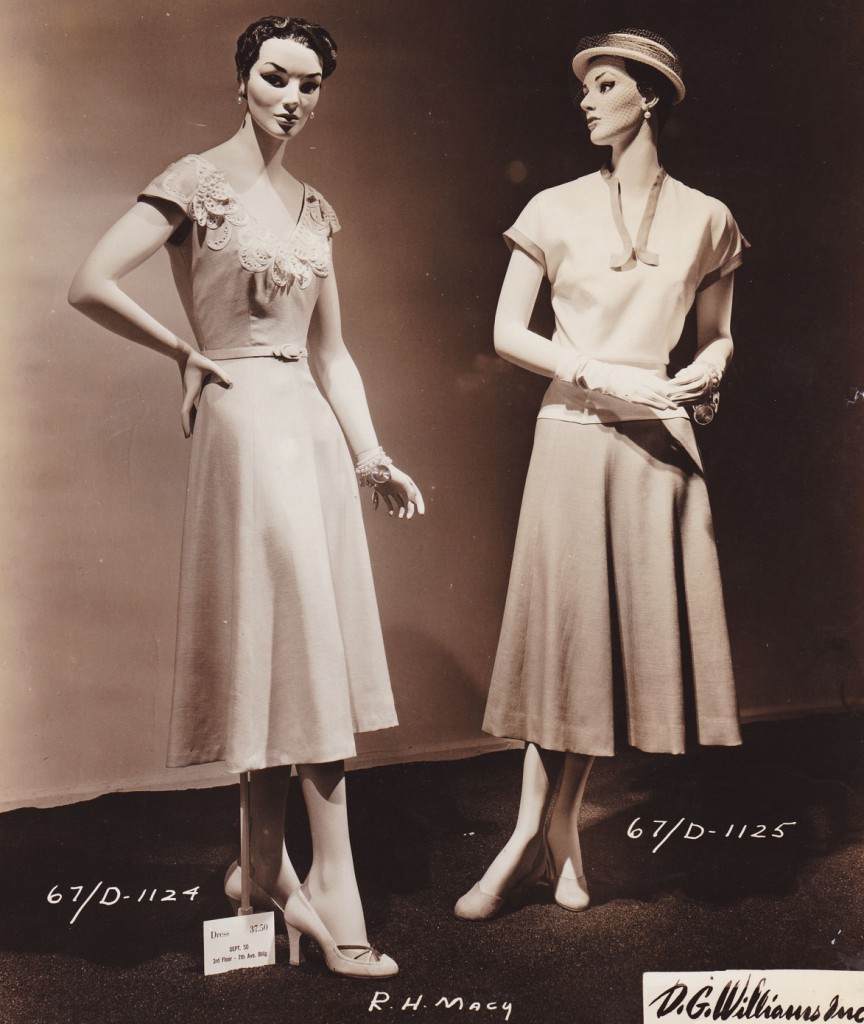
SALE MNEQUINS, HISTORY AND TYPOLOGIES
The Dummies are a total or partial representation of the human body used to wear and display clothing. The mannequin has been and is without a doubt the most popular presentation tool used by the store.
Our "silent salespeople" are used to express at first glance all the characteristics of the store and its products. Based on their shape and type, they help to unleash the customer's imagination and present the outfits in the best possible way.
On this page you will find notions about their history, their utilization, the Types, the materials and some useful advice on How to choose the one that best suits your store!
A bit of history
The word mannequins comes from the Dutch manneken, or "little man". The first products date back to 1700, They were dolls up to fifty centimeters tall on which seamstresses made smaller versions of their garments. These "dolls" were then shipped to Europe and America to give the ladies the opportunity to carefully choose the latest fashion clothes.
Over time, the size increased until it reached its current size conforming to the standard scale dimensions 1:1 of the human body. In this regard, we recommend this interesting article from Collector's Weekly on how to Mannequins are linked to the history of man.
Where and why to use mannequins
The mannequin can be used in the shop window (Perhaps the most well-known method of use), in the entrance areas (Store Hot-Spot), in themed areas or as the head of the gondolas and islands in the middle of the room.
1. They can be used to highlight a certain "Collection" by grouping them together in a specific location in the store.
2. They can influence your customer to buy the merchandise and matching accessories.
3. Used in the shop window can convince potential customers to come into the store increasing your sales.
Types and materials
CATEGORIES
Realistic Mannequins
This type of mannequins mirrors the shapes of the human face and body as closely as possible. Faces with make-up, Wigs and hands and feet with realistic finishes are their features. Can, and in some cases they have to, be mistaken for real people in the store and are particularly suitable for wearing particular sizes or matching products (to. Example Dress with Jewelry, Bag & Footwear).
Semi-realistic mannequins
They are very similar to the previous ones but without the detail of the realistic ones. Very often they have the same shapes but "artistic" types of make-up and replaceable wigs.
Abstract mannequins
Abstract or semi-abstract mannequins have proportionate body dimensions and faces without details (e.g. Egg Heads) or with details only painted and hinted at. It is a very broad category because in recent years they have acquired considerable artistic value, unhinging realistic mannequins from the windows of the most famous boutiques. Not having well-defined and recognizable details, their average life in the store is much longer,
Headless mannequins
Headless mannequins have body proportions identical to the other types, but their reproduction stops at a hint of the neck. Because of this they can lose some appeal but, thanks to its smaller size, They are certainly suitable for shop windows or areas where height can be a problem.
Modular mannequins
This type of mannequin is equipped with articulated limbs or joints that allow you to put the mannequin in different poses. They are normally made of wood or plastic and maintaining the proportions of the human body.
MATERIALS
Polypropylene
The advantages of the polypropylene They are a remarkable resistance to shocks and a low cost. On the other hand, the aesthetics and quality of the mannequin suffers a lot. (To be clear, most of these mannequins are of Asian origin)
Fibreglass
The fibreglass it is a more aesthetically pleasing material, with a very good definition of detail but a considerable fragility and let's say that it is not certaineco friendly!
Polyurethane
The polyurethane it has good resistance and excellent definition of detail. Compared to fiberglass, it is more expensive and heavy and tends to lose its color with exposure to light.
Polyethylene
The polyethylene is perhaps the mosteco friendly combined with a good resistance to shocks and an excellent degree of finish of the mannequin.


